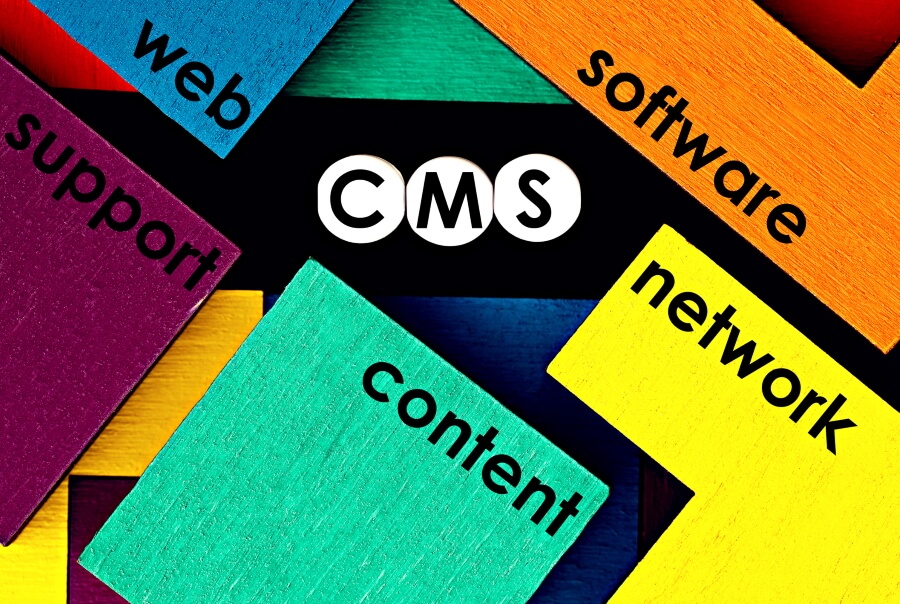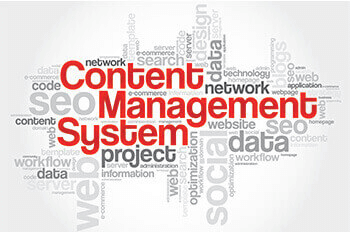Get your free consultation today!
Share with your Colleagues
Categories
ROI Calculator
Moonstone Interactive is the only San Francisco Bay Area web design firm and Internet Marketing expert that offers a free online ROI Calculator
Author: Jason Herz

Digital content production kicked into high gear in the 2020s. Experts estimate that marketers turned out 70% more content than the previous year. Let's look at average blog production to put it into perspective. Marketers produce around 2 million blogs daily—and this upwards trend is consistent throughout other types of content.
Marketers' increased appetite for content is a response to the demands on the consumer's side. Online users these days are looking for more content to consume.
Blogs, social media posts, and more saturate the online sphere. The only way for your audience to notice your brand among the sea of competitor content is to develop unique and engaging posts that provide value to your audience. Additionally, you have to make sure that you do it consistently.
In short, online consumers want quality content that provides value; any other type won't cut it.
Creating a single piece of high-quality content that hits the spot with your consumers is one thing. But to do it over and over on a regular schedule? It's challenging but not impossible to do. There are digital systems that can help you:
- Organize your content
- Collaborate on its development with a team in real-time, and
- Effortlessly publish and archive content when necessary.
A website content management system can fulfill these functions. Moonstone Interactive delves into the world of managing content. You'll learn how to maximize the tool and finally have the time to focus on growing your ROI.
What is a website content management system?
Website content management is any system that allows users to create, edit, collaborate on, publish, and store digital content without the need for specialized technical knowledge. Marketers can refer to it as a content management system (CMS).
The content management system has two parts. First is the graphical interface called the content management application (CMA). It enables a user to manipulate a website's content without coding expertise. Users can easily design, create, update, modify, and delete content with it.
Meanwhile, the second component is the content delivery application (CDA), and it's no less critical to website content management than the CMA. The CDA handles the back-end support necessary for managing, delivering, and storing content created on the interface so website visitors can view it. 
Using a website CMS to your advantage
Website content management systems are incredibly versatile software. With a decent CMS toolkit, a marketer can build and continue adding content to a website easier and faster at a lower cost. How else can you benefit from using such a system? Here are some ways a CMS can make your work as a marketer or business owner easier:
Operable even with limited technical knowledge
A content management system's most significant selling point is that its platform's user interface is intuitive. Most also have a WYSIWYG (What You See Is What You Get) editing toolbar to streamline the process further. It means that people who don't know how to code can still understand how to use a CMS to set up their website and modify content.
Mobile and SEO-friendly design
A website is only as good as the number of online users it reaches. Search engine optimization is a must. A CMS makes it easier because you can directly add tags, meta descriptions, keywords, slugs, and other SEO components to the system as you create your content. The tools a CMS offers aren't the same as having an expert marketing team, but they help implement basic SEO strategies, saving you much time.
Effortless content management and organization
A CMS enables marketers to create content, publish, remove, and unpublish content depending on what the website needs. It does this using a built-in search function that returns a list of relevant answers based on the user's search query, much like Google's engine.
Accessible everywhere, anytime, while maintaining security
You can base your CMS on the cloud or keep it on the premises. Either way, users can access and update the data remotely from wherever they are as long as they have an internet connection.
A CMS's accessibility can be a weakness, however. It could lead to data breaches unless users observe the proper security measures. For instance, WordPress, a popular CMS platform, was a prime target for hackers last year. When picking a CMS, opt for one with strict online security features already baked into it.
Multiple users allowed for collaborative content building
CMS supports collaboration through a feature that will enable you to define a user's role and give them the permissions and access they need. You can now leverage the access of multiple users to develop and produce content at a fraction of the time it takes for a more disparate process to complete an update.
Enterprise-level CMS platforms enable permission hierarchies for content editing, approval, and publishing at the section or page level. They also provide workflow management tools facilitating the process and controls.
The content scheduler allows for agile, multi-channel distribution and updates
Do you want to update your website content without waiting for a developer? What if you wanted to schedule a post for later? Use a CMS to manage your content in real-time or per your calendar. Since a CMS makes it easy to organize pieces of content from different contributors, you can publish them in an orderly fashion across various channels.
With a management system factored into your website strategy, you can maximize your content's reach and engagement without overloading yourself with extra work.
Faster software installation, upgrades, and customization
While a CMS eliminates the need for developers and designers at every update, it doesn't mean the platform is static. Its development team is ideally very active in software upgrades. Add that to the standard bundle of features that are part of a quick-install platform, and you can get your website up or updated very quickly.
You can customize your dashboard by installing new themes, changing colors, and how text is displayed. Moreover, since every website requires different features and functionalities, you can implement standard or custom-code web parts and widgets to fulfill business requirements for contact forms, spam protection, image compression, extra security layers, and more.
Advanced Features to Elevate the User Experience
More sophisticated Content Management Systems have advanced to a Digital Experience Platform (DXP) that integrates the tools to personalize content. These tools may personalize the content based on prior website interaction, source of the visit, e.g., a campaign, directory, geography, search term, demographic, previous behavior, e.g., visited pages, purchased products, and downloaded documents.
The impact of presenting meaningful content enriches the user experience, elevates the brand, and increases conversion.
Experimentation
Digital Experience Platforms also include tools for tracking and analyzing A|B and multivariant experiments to determine the optimal message, offer, image, or process for individual personas. Experimentation is a powerful tool for creating true competitive differentiation.
Detailed analytics and reports.
When your content is organized and accessible in a single dashboard, monitoring digital campaigns and hitting KPIs become easier. You'll be able to track and identify trends in real-time to help strengthen your strategy. Additionally, you can quickly adjust plans and directives to maximize reach and engagement from your target market.
Bonus: if your system also has analytics and reporting tools, you can bypass relying on third-party software to gather campaign insights.
Cost-effective and easy to scale.
Static website costs can add up when you need to make changes and need the expertise of a web designer or developer to apply those updates. A content management system cuts the need for that and more. The software enables you to make those website changes and updates yourself, so you save on costs and time.

Look for these content management system features
A website CMS is there so you can manage your website without help from a developer. So, always prioritize features that allow you to streamline workflows and make work more efficient when picking a platform. Moreover, it needs to be easy to set up and update. The tool must also come with these core features:
- A function for indexing, search, and retrieval so you can access content quickly. It must be intuitive and enable users to conduct searches based on chosen attributes like keywords, authors, or even publication dates.
- Format management to keep track and standardize document and record-keeping processes. A CMS with this function is invaluable when you want to convert legacy and paper documents into HTML or PDF files.
- Revision options that allow you to update already published content. This core feature should also control and track any changes an individual makes to maintain security and transparency.
- Business-approved publishing templates. Templating processes allow you to standardize creation and modification. Collaborating on content development can get tricky without an overlying directive to steer the ship.
- Marketing and Digital Experience tools that enable you to achieve your business goals. The right tools are essential to excel in any initiative.
Your CMS tool delivers many benefits that facilitate implementing a solid content marketing plan. If you want your website to succeed, you're responsible for keeping your system in sync with your content strategy. So be sure to set your content management strategy's parameters. Create an editorial calendar and make sure it's always up to date. Lastly, improve your SEO by creating content clusters and pillar pages.
Focus on growing your business' ROI
Establishing a system is the first step to consistently producing content your audience wants to consume. With a website content system in place, you can oversee your process for various content types, from the initial phase to the last stage to the follow-up. You'll also have several options to deliver the content to your audience, who will then engage with it.
Don't miss the opportunity to manage your content strategically. Organizing content creation and deployment according to the needs of your consumers allows you to take control of user engagement and stay agile enough to adapt your strategy to changing technologies. You'll build an excellent foundation for future digital experience management efforts.
Get in touch with us today for a FREE consultation about how you can get the most out of your content management system.


